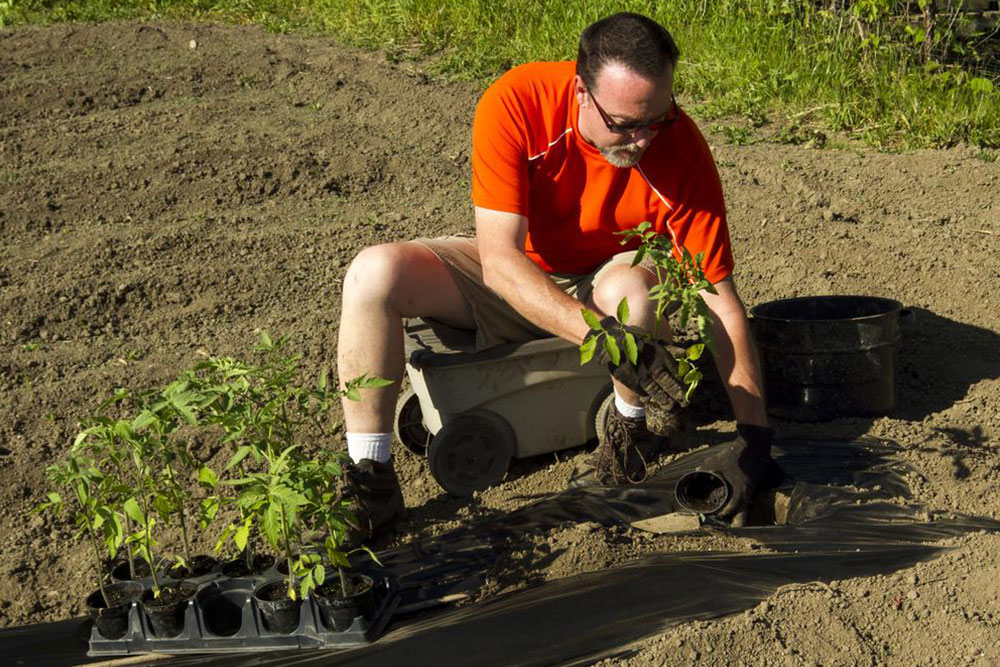A brief insight into planting zones
Planting zones or hardiness zones are a geographically defined area that specifies the category of the plant that will be able to survive in that area. This includes its ability to withstand minimum and maximum temperature. Developed by Harvard’s Arnold Arboretum from Massachusetts, United States Department of Agriculture (USDA) in the year 1960 and revised in 1965, the planting zones help decide what crops and plants can be grown in the specified area, so that they do not wither away because of the unfavorable climatic conditions.

A plant in Hardy zone or plant zone 1 is less resilient to the ones in plant zone 2. Most of the warmer zones (8, 9, 10 and 11) are in the southernmost part of United States and the relatively colder zones move towards the northern territory. There are zones where in it is difficult to choose the type of crop or plantation to go with as they experience severe climates throughout the year.
The planting zones are 6 degrees apart from each other. For example, zone 1 is in the temperature range of 51 degree Celsius and zone 2 is of the range -45-degree Celsius zone 3 is 6 degrees warmer and so on. The central and northerly regions have less fluctuations in the temperature thus have limitations in these areas.
One of the drawbacks of planting zones is that they tend to overlook the fact that the snow cover actually acts as insulator to the roots of the plant that are hibernating. many plants may survive in a locality but will not flower if the day length is insufficient or if they require a particular duration of low temperature. With annuals, the time of planting can often be adjusted to allow growth beyond their normal geographical range.
Different plants grow under a different planting zone. If you are planning for home gardening and have gone to buy plants to grow them into your garden, then you might have come across plants tagged with holly or plain numerical, what do they mean exactly? The tags define the hardiness zone of the plant. For instance, if you cultivate Zone 3-7 (plants that dwell in the colder regions, Alaska for instance) plant in a zone 9 or zone 10 territory (much warmer regions, Florida for instance) the plant might as well wither away as it cannot withstand warmer temperatures and vice versa. Almost all the plants have been assigned Hardiness zones. Some plants might have a tag of two zones (4-5 / 6-7 for instance), this means the plant is from the hardiness zone that has a particular range of temperature for particular number of days.